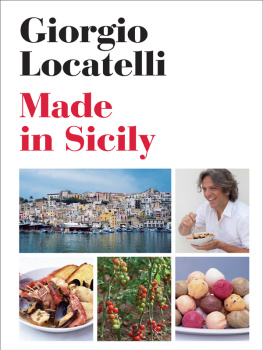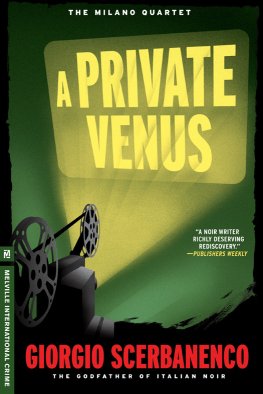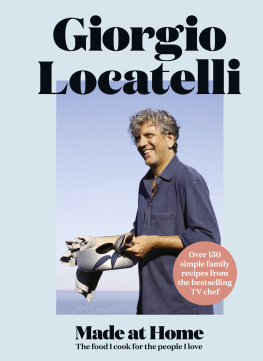Giorgio Locatelli - Made in Italy
Here you can read online Giorgio Locatelli - Made in Italy full text of the book (entire story) in english for free. Download pdf and epub, get meaning, cover and reviews about this ebook. year: 2007, publisher: HarperCollins, genre: Home and family. Description of the work, (preface) as well as reviews are available. Best literature library LitArk.com created for fans of good reading and offers a wide selection of genres:
Romance novel
Science fiction
Adventure
Detective
Science
History
Home and family
Prose
Art
Politics
Computer
Non-fiction
Religion
Business
Children
Humor
Choose a favorite category and find really read worthwhile books. Enjoy immersion in the world of imagination, feel the emotions of the characters or learn something new for yourself, make an fascinating discovery.

- Book:Made in Italy
- Author:
- Publisher:HarperCollins
- Genre:
- Year:2007
- Rating:4 / 5
- Favourites:Add to favourites
- Your mark:
- 80
- 1
- 2
- 3
- 4
- 5
Made in Italy: summary, description and annotation
We offer to read an annotation, description, summary or preface (depends on what the author of the book "Made in Italy" wrote himself). If you haven't found the necessary information about the book — write in the comments, we will try to find it.
Made in Italy — read online for free the complete book (whole text) full work
Below is the text of the book, divided by pages. System saving the place of the last page read, allows you to conveniently read the book "Made in Italy" online for free, without having to search again every time where you left off. Put a bookmark, and you can go to the page where you finished reading at any time.
Font size:
Interval:
Bookmark:

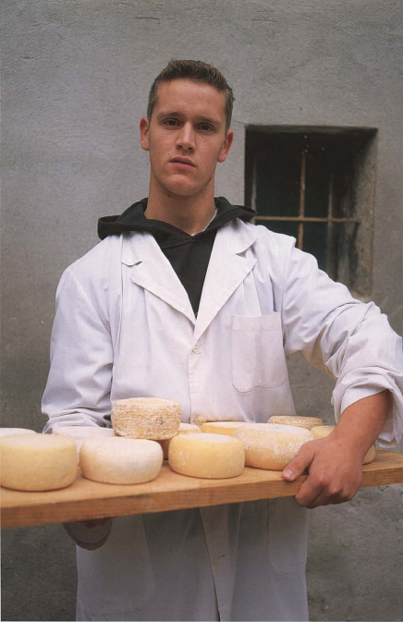

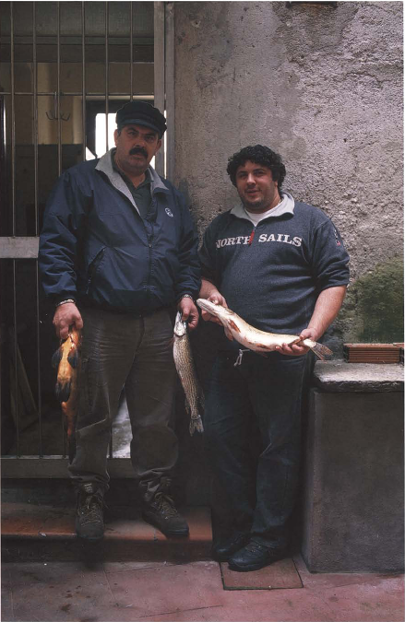
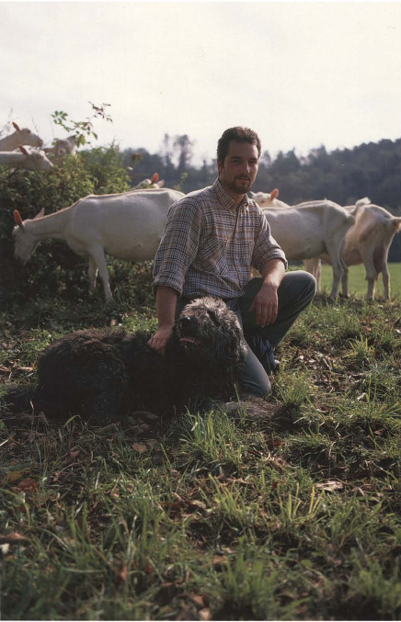

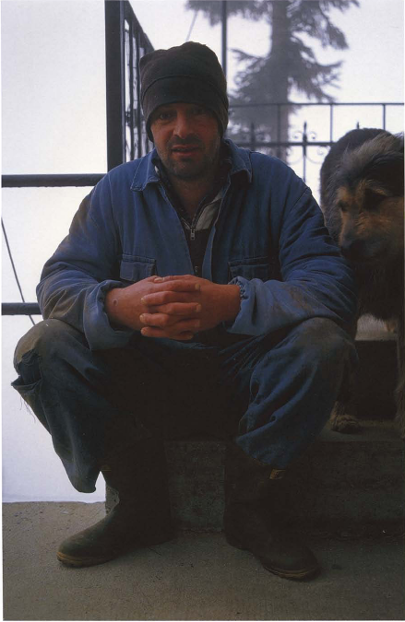

Made In Italy
Food & Stories
Giorgio Locatelli
with Sheila Keating
Photographs by
Dan Lepard

To Plaxy
Antipasti
Starters
Sottaceti
Pickled vegetables
Carpaccio di manzo
Beef carpaccio
Zuppa
Soup
Risotto al Prosecco con capesante
Prosecco risotto with scallops
Pesce
Fish
Trancio di rombo ai funghi porcini con pur di patate
Roasted turbot (or brill) with porcini and potato puree
Carne
Meat
Dolci
Desserts
I wanted to call this book Made of Italy, because that is what I am but I could as easily have called it La Convivialit because that is the word I use most to explain the way Italians feel about food. For us the sign of welcome is to feed people. At the heart of all cooking, whether you are rich or poor, is the spirit of conviviality, the pleasure that comes from sharing a meal with others. And there is no enjoyment of food without quality.
The way I think about food is entirely in tune with the Slow Food movement, started in Italy back in 1986 by Carlo Petrini in defiance of the opening of a McDonalds outlet in the Piazza di Spagna in Roma. Now a worldwide force, Slow Food champions local, traditional produce with real flavor, made by caring people with skill and wisdom, which is celebrated every two years with wonderful conviviality at the Salone del Gusto, the famous food fair in Torino.
In the U.S. it is easy to blame supermarkets for chalking up air miles, for persuading us that we want fruit and vegetables that look perfect but often have little flavor; for luring us on to diets of things that are salty, fatty, sugary and easy to eat; for packaging everything into convenient parcels so that we almost forget where our food comes from; and conditioning us to think that as long as our food is cheap, we are satisfied. But we have responsibilities too, and we have the power to change things. Of course I understand when you have kids you want to go to the supermarket, not traipse for miles trying to find a good butcher and fishmonger and greengrocer, and Im not sitting here in my restaurant saying you must do this and that, only remember that every time you pick up food in a supermarket, you are making a choice that has consequences. Where do you want to invest your money? In the profits of a supermarket, or in a farm rearing fantastic old breeds of pigs, or a small dairy making beautiful cheese?
You will see the letters DOP (PDO in the UK) and IGP (PGI in the UK) throughout the book. DOP represents Denominazione di Origine Protetta or Protected Designation of Origin (PDO), and it appears alongside the specific name of a product such as Parmigiano-Reggiano or prosciutto di Parma. What it tells you is that in order to earn the stamp of the DOP and be allowed to use this name, the food must be produced in a designated area, using particular methods. IGP represents Indicazione Geografica Protetta, or Protected Geographical Indication (PGI), which is similar, but states that at least one stage of production must occur in the traditional region, and doesnt place as much emphasis on the method of production. Whenever you buy Italian produce, look for these symbols.
Salt should ideally be natural sea salt, and pepper freshly ground and black. Spend a little extra on good extra virgin olive oil and vinegar, and it will repay you a thousand times. And whenever possible buy whole chickens, and meat and fish on the bone, not portioned and wrapped in plastic.
All recipes serve 4, unless otherwise stated.
Pass the prawns the prawns where are they are they ready? I had been helping with the cooking in my uncles restaurant since I was five years old, but now, at sixteen, and a few months into my first real job, I used to get picked on all the time by the head chef. Now he wanted the prawns and they werent ready. The water in the pan was almost boiling. It needed to be boiling before I put in the prawns, but I panicked and put them in anyway. He saw it and shouted at me, You will never be a chef, Locatelli. You are an idiot, and he sent me to clean the French beans.
I couldnt forget those words: You will never be a chef. By the end of the day. I wanted to cry like a baby. I went home and my grandmother was waiting. What does he know? she said. Who is he? He is The Chef! I told her. I would have run away, but as always my grandmother put everything into perspective, and she told me I had to go back and show him. So I went back. And I did show him.
My first feelings for cooking came from my grandmother Vincenzina. But my first understanding of the relationship among food, sex, wine and the excitement of life came together for me very early on, when I was growing up in the village of Corgeno on the shores of Lake Comabbio in Lombardia in the north of Italy long before I was suspended from cooking school for kissing girls on the college steps.

My uncle Alfio and my auntie Louisa, with the help of my granddad, built our hotel and restaurant, La Cinzianella named after my cousin Cinzia on the shores of the lake, on the edge of the village of Corgeno in 1963.
There were eight founding families in the village. The Caletti family, on my mothers side, was one of them; and on my grandmothers side, the Tamborini family, along with the Gnocchi family, who are our cousins, and who have a pastry shop in Gallarate, near Milano, in the hinterland, before the scenery changes from city to green and beautiful space, and where the specialty is gorgeous soft amaretti cookies.
The shop gave me my first taste of an industrial kitchen. I used to love going in there as a kid, because the ovens were so big you could walk into them. In the season running up to Christmas, over and above the other confectionery, they would make around 10,000 panettoni (our Italian Christmas cake). It was fascinating to watch the people take the panettoni from the ovens, and then, while they were still warm, hang them upside down in rows on big ladders in the finishing room, so that the dough could stretch and take on that characteristic light, airy texture. Years later, when I first started in the kitchens at the Savoy, I felt at home immediately, because I recognized that same sense of busy, busy people, working away in total concentration.
Next pageFont size:
Interval:
Bookmark:
Similar books «Made in Italy»
Look at similar books to Made in Italy. We have selected literature similar in name and meaning in the hope of providing readers with more options to find new, interesting, not yet read works.
Discussion, reviews of the book Made in Italy and just readers' own opinions. Leave your comments, write what you think about the work, its meaning or the main characters. Specify what exactly you liked and what you didn't like, and why you think so.

